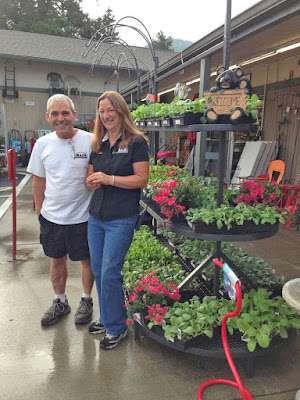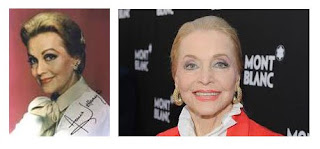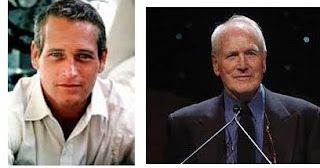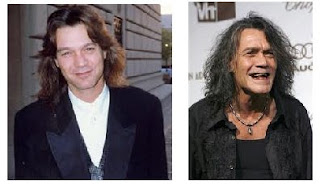
The first Europeans to explore North America, a Viking expedition from Greenland, called it Vinland because of the profusion of grape vines they found. The earliest wine made in what is now the United States was produced between 1562 and 1564 by French Huguenot settlers from Scuppernong grapes at a settlement near Jacksonville, Florida. In the early American colonies of Virginia and the Carolinas, wine-making was an official goal laid out in the founding charters. However, settlers discovered that the wine made from the various native grapes had flavors which were unfamiliar and which they did not like.
This led to repeated efforts to grow the familiar European Vitis vinifera varieties, beginning with the Virginia Company exporting French vinifera vines with French vignerons to Virginia in 1619. These early plantings met with failure as native pest and vine disease ravaged the vineyards. In what would become the Southwestern United States the Spanish Kingdoms of Las Californias and Santa Fe de Nuevo México had missions that were planting vineyards, the traditions of which remain in the modern day California and New Mexico wine industries. New Mexico wine developed first in 1629 making it the oldest wine producing region in the United States, and Mission grapes were being grown for California wine by 1680. In 1683, William Penn planted a vineyard of French vinifera in Pennsylvania; it may have interbred with a native Vitis labrusca vine to create the hybrid grape Alexander. One of the first commercial wineries in the United States was founded in 1787 by Pierre Legaux in Pennsylvania. A settler in Indiana in 1806 produced wine made from the Alexander grape. Today, French-American hybrid grapes are the staples of wine production on the East Coast of the United States.
The first winery in the United States to become commercially successful was founded in Cincinnati, Ohio, in the mid-1830s by Nicholas Longworth. He made a sparkling wine from Catawba grapes. By 1855, Ohio had 1500 acres in vineyards, according to travel writer Frederick Law Olmsted, who said it was more than in Missouri and Illinois, which each had 1100 acres in wine. German immigrants from the late 1840s had been instrumental in building the wine industry in those states.
In the 1860s, vineyards in the Ohio River Valley were attacked by black rot. This prompted several wine-makers to move north to the Finger Lakes region of western New York. During this time, the Missouri wine industry, centered on the German colony in Hermann, was expanding rapidly along both shores of the Missouri River west of St. Louis. By the end of the century, the state was second to California in wine production. In the late 19th century, the phylloxera epidemic in the West and Pierce's disease in the East ravaged the American wine industry.
Prohibition in the United States began when the state of Maine became the first state to go completely dry in 1846. Nationally, Prohibition was implemented after ratification by the states of the Eighteenth Amendment to the United States Constitution in 1920, which forbade the manufacturing, sale and transport of alcohol. Exceptions were made for sacramental wine used for religious purposes, and some wineries were able to maintain minimal production under those auspices, but most vineyards ceased operations. New Mexico was one such region, due to the region's long history of wine making and religious traditions, monks and nuns in New Mexico were able to save long-standing New Mexican sacramental and leisure wine grape lineages. Other parts of the country resorted to bootlegging, home wine-making also became common, allowed through exemptions for sacramental wines and production for home use.
Following the repeal of Prohibition in 1933, operators tried to revive the American wine-making industry, which was nearly ended. Many talented wine-makers had died, vineyards had been neglected or replanted with table grapes, and Prohibition had changed Americans' taste in wines. During the Great Depression, consumers demanded cheap "jug wine" (so-called dago red) and sweet, fortified (high alcohol) wine. Before Prohibition, dry table wines outsold sweet wines by three to one, but afterward, the ratio of demand changed dramatically. As a result, by 1935, 81% of California's production was sweet wines. For decades, wine production was low and limited.
Leading the way to new methods of wine production was research conducted at the University of California, Davis, and at some of the state universities in New York. Faculty at the universities published reports on which varieties of grapes grew best in which regions, held seminars on wine-making techniques, consulted with grape growers and wine-makers, offered academic degrees in viticulture, and promoted the production of quality wines. In the 1970s and 1980s, success by Californian wine-makers in the northern part of the state helped to secure foreign investment from other wine-making regions, most notably the Champenois of France. Wine-makers also cultivated vineyards in Oregon and Washington, on Long Island in New York, and numerous other new locales.
Americans became more educated about wines, and increased their demand for high-quality wine. All 50 states now have some acreage in vineyard cultivation. By 2004, 668 million gallons of wine were consumed in the United States. Today, the U.S. produces over 800 million gallons of wine a year, of which California produces more than 84%, followed by Washington, New York, Pennsylvania, and Oregon. In the second decade of the 21st century, the US wine industry faces the growing challenges of competition from international exports and managing domestic regulations on interstate sales and shipment of wine.
As of 2016, the largest producers of wine in the U.S. are:
- E & J Gallo Winery - 75 million cases sold per year
Sure, we can always pick up ready-made coleslaw at the market, but when it's this easy to make, why not do it ourselves? It'll be smooth sailing in the kitchen when you throw together our tasty Captain's Coleslaw.
- 1/2 cup mayonnaise
- 1/3 cup milk
- 1 teaspoon white vinegar
- 1/4 cup sugar
- 1/4 teaspoon salt
- 1 (16-ounce) package cabbage coleslaw mix (see Options)
- In a large bowl, whisk together all ingredients except coleslaw mix; mix until smooth and creamy.
- Add coleslaw mix and toss until well coated. Cover and chill for at least 1 hour before serving.
***Wanna shred the cabbage yourself? Go ahead! Use about 10 cups of shredded cabbage and add a few shredded carrots if you'd like!
2005 – Glendale train crash: Two trains derail killing 11 and injuring 200 in Glendale, California, near Los Angeles.
1923 – Anne Jeffreys, American actress (d.2017)
1925 – Paul Newman, American actor, philanthropist, race car driver and race team owner (d. 2008)
1955 – Eddie Van Halen, Dutch-American musician (Van Halen)
















1 comment:
Your picture of the day cracked me up and oh so appropriate for the follow in to the wineries.
I am not fussy about my wine as long as it's white wine. Can't tolerate red. Before Thanksgiving I ordered 18 bottles for $100 from a company called "Splash". I am thinking about ordering again as it was really nice wine. You can choose a mix of all red or all white.
John loves coleslaw so I will ask him if he wants me to make your recipe of the day. :)
Yes, I will tell John I love you but then I do most every day anyway! :)
XO Trisha
Post a Comment